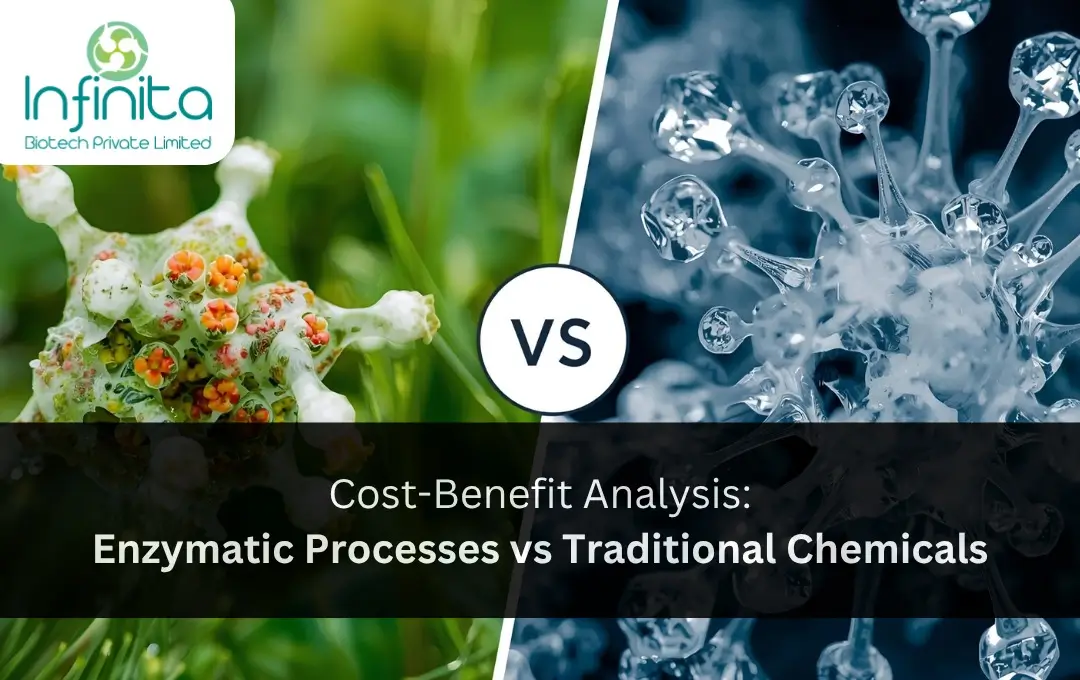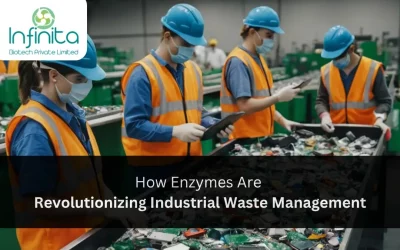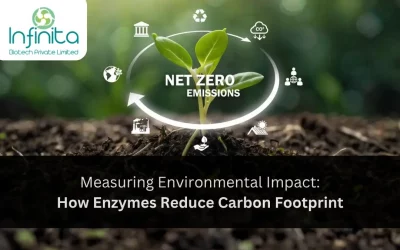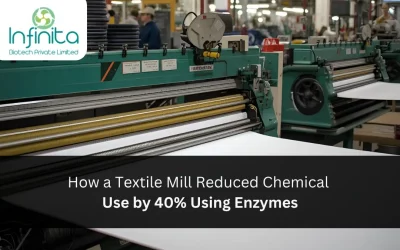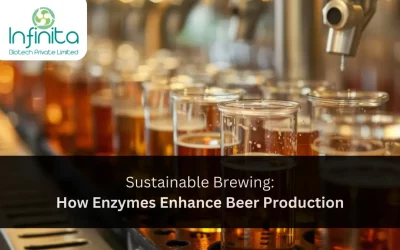The Shift Toward Sustainable Industrial Solutions
Industrial operations worldwide are under increasing pressure to improve efficiency while meeting environmental and regulatory standards.Traditional chemical processes, long regarded as the backbone of industrial manufacturing, are being reconsidered in light of rising costs, sustainability challenges, and technological advancements.
In this evolving scenario, enzymatic processes—driven by biotechnology—are emerging as a transformative alternative. But how do these bio-based methods truly compare to conventional chemical approaches from a cost-benefit standpoint? Let’s explore the numbers, the science, and the long-term business implications.
Understanding the Core Difference
Traditional chemical processing relies on synthetic compounds and harsh conditions—such as high temperatures, strong acids, or alkalis—to trigger desired reactions. While effective, these methods often cause equipment corrosion, energy waste, and environmental hazards.
In contrast, enzymatic processes use biological catalysts that operate under mild conditions—typically near room temperature and neutral pH. These enzymes specifically target substrates, ensuring precision and efficiency while significantly reducing waste. This fundamental difference translates into measurable operational and financial benefits.
Cost Components: Where Enzymes Make a Difference
At first glance, enzymes may appear more expensive than traditional chemicals. However, when evaluated holistically, enzymatic systems often deliver lower total operation costs.
Below is a comparison illustrating how enzymatic and chemical processes differ in key cost areas:
| Cost Factor | Traditional Chemical Process | Enzymatic Process |
|---|---|---|
| Raw Material Usage | High dosage of chemicals required per batch | Low enzyme dosage with higher catalytic efficiency |
| Energy Consumption | High (requires heat or pressure) | Low (functions at moderate conditions) |
| Maintenance & Equipment | Corrosive chemicals cause wear and tear | Gentle on equipment, extends lifespan |
| Waste Treatment | Generates toxic effluents; expensive disposal | Biodegradable by-products, minimal waste cost |
| Product Quality | Inconsistent due to non-specific reactions | High precision and consistency |
Energy and Operational Efficiency
Energy usage is one of the largest hidden costs in industrial production.Traditional chemical methods often rely on heating, agitation, and pressure, leading to significant electricity and fuel expenditure. Enzymes, by contrast, function effectively under mild temperatures and neutral conditions, reducing energy usage by up to 40–60% in some operations.
This energy efficiency not only lowers costs but also decreases a company’s carbon footprint, aligning with global sustainability goals and ESG frameworks.
Waste Management and Environmental Compliance
Another major consideration is waste management. Chemical processes typically generate toxic effluents that require neutralisation and disposal—activities that are both expensive and heavily regulated. Enzymatic reactions produce biodegradable by-products, drastically reducing the load on effluent treatment plants and ensuring easier compliance with environmental laws.
Over time, this translates to lower operating costs and improved brand reputation, as industries increasingly move toward greener certifications and carbon-neutral practices.
Quality and Yield Advantages
In industries like food, beverage, and textiles, even minor quality inconsistencies can lead to product rejections and revenue loss. Enzymatic processes enable highly specific reactions, resulting in better yield, texture, and finish. For instance, in textile processing, enzyme-based desizing and bio-polishing enhance fabric smoothness while saving water and time.Similarly, in food manufacturing, enzymes help achieve consistent flavor and improved shelf stability—advantages that directly impact profitability.
Long-Term Cost Perspective
While adopting enzyme-based systems may require an initial investment in process optimization, the return on investment (ROI) becomes evident over time. Lower energy bills, minimal waste management expenses, longer equipment life, and superior quality control collectively outweigh the upfront enzyme cost.
Moreover, as chemical prices fluctuate due to raw material volatility and supply chain instability, enzymatic processes offer cost predictability and process stability—critical factors for sustainable industrial growth.
Conclusion: A Smarter, Greener Way Forward
The future of industrial manufacturing lies in processes that are not only efficient but also responsible. A thorough cost-benefit analysis reveals that enzymatic processes outperform traditional chemical systems when evaluated across all parameters—energy, material use, maintenance, and environmental impact.
At Infinita Biotech, we help industries transition seamlessly into enzyme-driven operations. Our customised enzymatic solutions are engineered to enhance efficiency, reduce costs, and support sustainable growth—empowering businesses to lead the next wave of eco-efficient innovation.
Contact our experts to learn how tailored enzymatic solutions can redefine your process efficiency and profitability.
